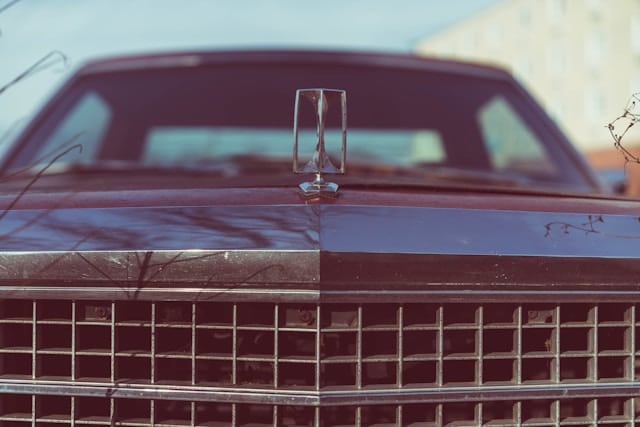How to Handle Unseen Rust and Corrosion After a Collision
 When a vehicle is involved in a collision, the immediate concerns are generally visible damage and mechanical failures. However, unseen rust and corrosion can pose a significant long-term threat to your vehicle’s structural integrity and overall safety. These issues often start small and out of sight, making them easy to overlook during initial post-collision assessments. This article will guide you through identifying, treating, and preventing rust and corrosion in your vehicle after a collision, ensuring that your car remains in optimal condition for years to come.
When a vehicle is involved in a collision, the immediate concerns are generally visible damage and mechanical failures. However, unseen rust and corrosion can pose a significant long-term threat to your vehicle’s structural integrity and overall safety. These issues often start small and out of sight, making them easy to overlook during initial post-collision assessments. This article will guide you through identifying, treating, and preventing rust and corrosion in your vehicle after a collision, ensuring that your car remains in optimal condition for years to come.
Identifying Hidden Rust and Corrosion
Understanding the Risks
Rust and corrosion can begin where the vehicle’s paint has been compromised or at points where metal has been exposed and stressed. This might include areas with dents, deep scratches, or where parts have been bent and exposed to moisture.
Inspection Tips
To spot early signs of rust, look beyond external damages; check under carpets, inside door panels, and under the vehicle itself. Use a flashlight and a mirror to examine hard-to-reach spots. Pay special attention to weld points and anywhere metal components overlap, as these are common areas for moisture accumulation and rust.
Professional Assessments
Considering the complexity of modern vehicles, a professional assessment is recommended. Auto body specialists have the tools and expertise to detect early-stage corrosion that might be missed during a routine check. They can also assess the structural impact of any detected rust.
Treating Rust and Corrosion
Surface Rust
For minor rust spots, treatment might involve sanding down the affected area to remove the rust, applying a rust-inhibiting primer, and repainting the area to match the original finish. It’s crucial to address even small rust spots promptly to prevent them from spreading.
Scale Rust and Penetrating Rust
More severe rust cases, such as scale rust that flakes and chips away, and penetrating rust that compromises the strength of the metal, often require more extensive repairs. This might include cutting out the rusted metal and welding in new sheets or panels. Only skilled technicians should perform these repairs to ensure the vehicle’s structural integrity is maintained.
Preventing Future Rust and Corrosion
Immediate Care Post-Collision
After any collision, ensure your vehicle is thoroughly dried and cleaned, especially if the incident involved water, as standing moisture accelerates rust formation. Check for any seals or drainage channels that may have been damaged and could allow water ingress.
Regular Maintenance
Make rust prevention a part of your regular vehicle maintenance routine. This includes checking for and sealing off any areas that might allow moisture entry. Regularly wash and wax your vehicle to protect the paint and exposed metal parts.
Protective Coatings
Consider applying additional protective coatings to vulnerable areas of your vehicle. Anti-rust sprays and sealants can provide an extra layer of defense against moisture and salt, particularly for vehicles in colder climates where roads are salted in winter.
Conclusion
Addressing rust and corrosion after a collision is crucial for the long-term health and safety of your vehicle. By taking proactive steps to identify, treat, and prevent rust, you can maintain your car’s structural integrity and aesthetic appeal. Regular inspections and maintenance, combined with immediate care after any collision, are your best defense against rust and corrosion. Always consult with a professional repair service to ensure any rust issues are handled correctly.
